Gallery
The Best Vintage Integrated Amplifiers of 70’s
Sansui AU-11000A / Year: 1977
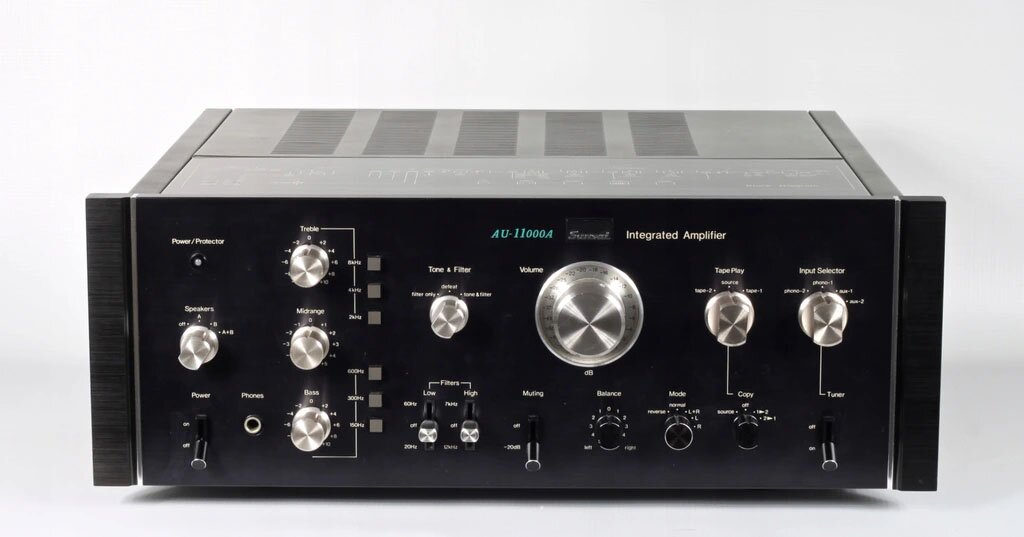
Sansui AU-11000A
Sansui designed the AU-11000A with the input, output and speaker terminals on the sides of the unit. The rear of the unit has the power cord and outlets only.
The AU-11000A uses independent circuitry in the amplification process, in such a way that, each individual channel has its own circuits. This means everything from the power supply to the bias control board all have 2 identical and independent circuits per channel to separate the 2 stereo channels. This also minimizes the Total Harmonic Distortion (THD) within the amplifier down to 0.08%.
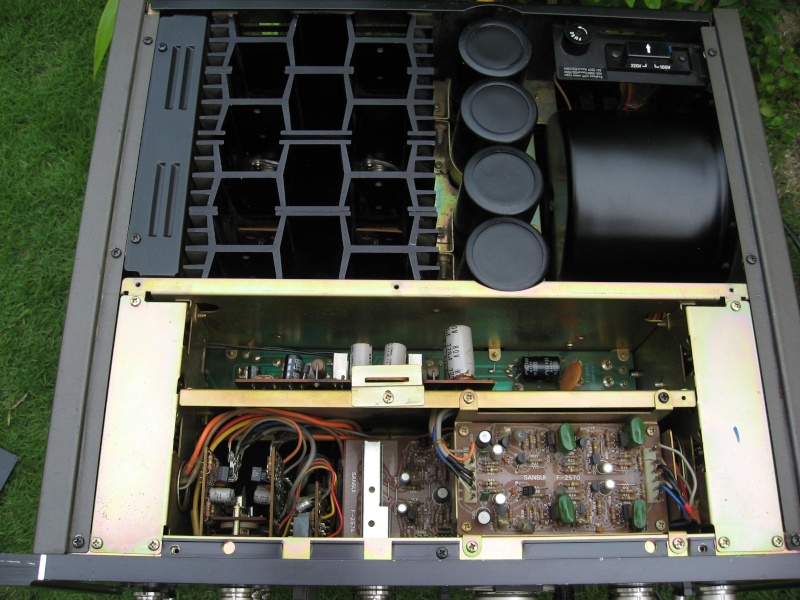
Denon PMA-850
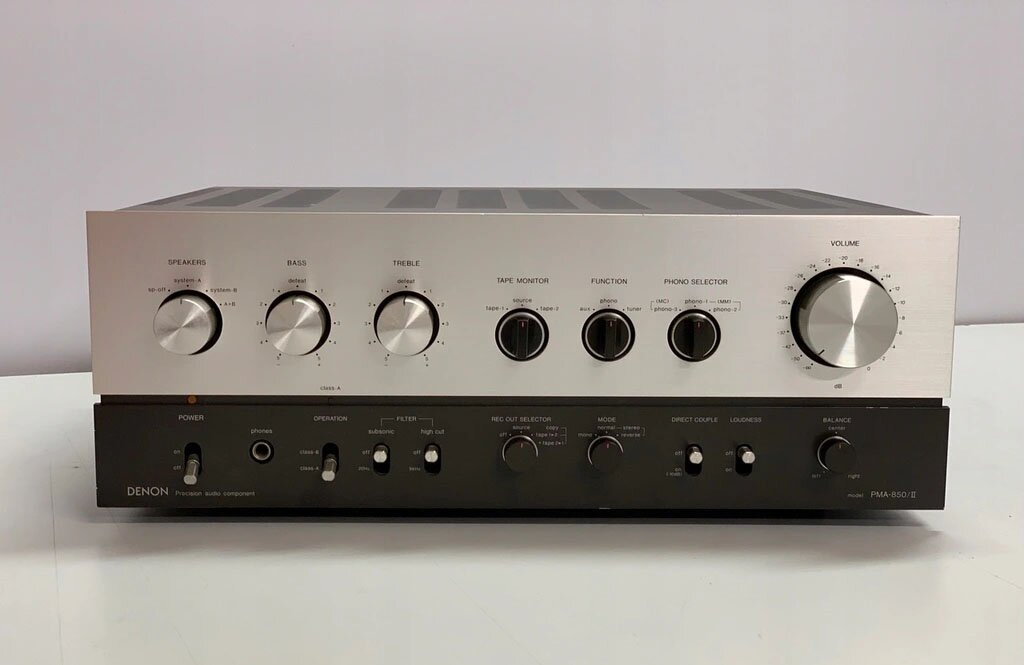
Denon PMA-850
The profit of MC head amplifier of PMA-850 is in inverse proportion to the impedance of the cartridge connected with the constituting principle of the circuit currently used.
The impedance and the Output voltage of a cartridge have a relation of direct proportion mostly, it is equalized automatically and the output of MC head amplifier does not need to adjust volume sharply for every cartridge.
The included control amplifier part can separate tone control completely with a direct couple switch, and power amplifier can be directly driven with the output signal of an equalizer amplifier part.
It is possible to enjoy itself by a thereby more simple play system.
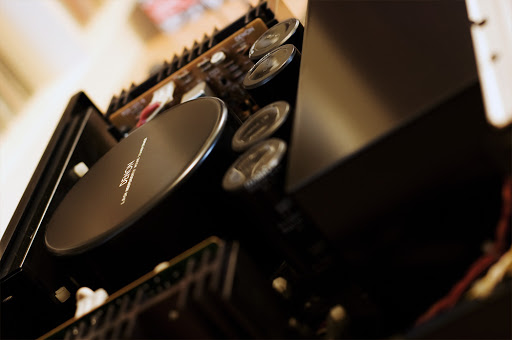
Yamaha CA-1000 / Year: 1973
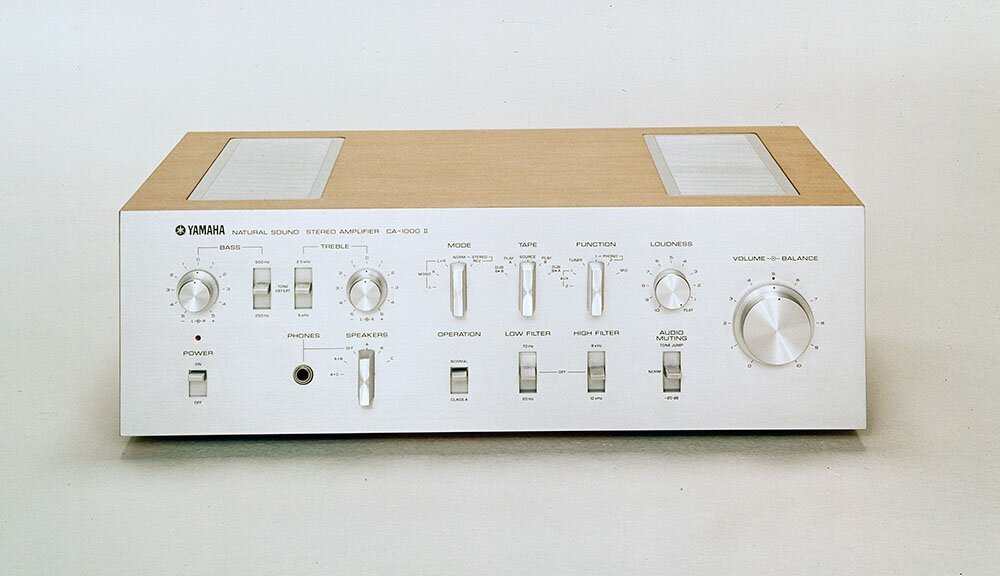
Yamaha CA-1000
Yamaha released the CA-700/500 and entered the component stereo market in 1972, and the next year began a completely different integrated amplifier lineup. This was the birth of the CA-1000, a classic representative Yamaha HiFi component that is still talked about today. The seamlessly connected single-sheet aluminum front panel and a white wood cabinet (open-pore-finished prickly castor oil tree wood) modern style was created by the GK Design Group and its beauty was distinct from both the heavy wood grain style and the mechanical component style. Of course the CA-1000 had more appeal than just its exterior. With features, performance, functions and high cost-performance, it overflowed with charm to steal the audiophiles heart: a power amp section with the world’s first Class A/B switchover that had a convenient switch that changed from low-distortion, priority-on-sound-quality class A operation to high-power class B operation, two huge 18,000 μF block aluminum electrolytic capacitors that blew away the competition, a phono equalizer boasting accuracy to within±0.2dB of the RIAA standard and a permissible MM input of 310mV, and a unique continuous loudness control.
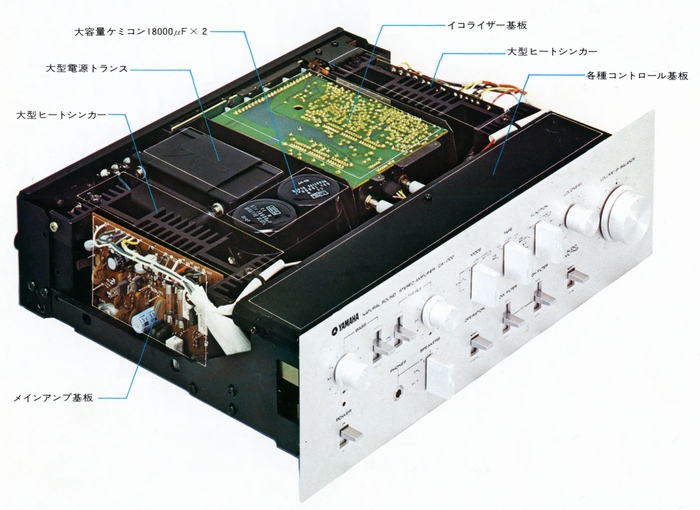
Kenwood KA-9100 / Year: 1977
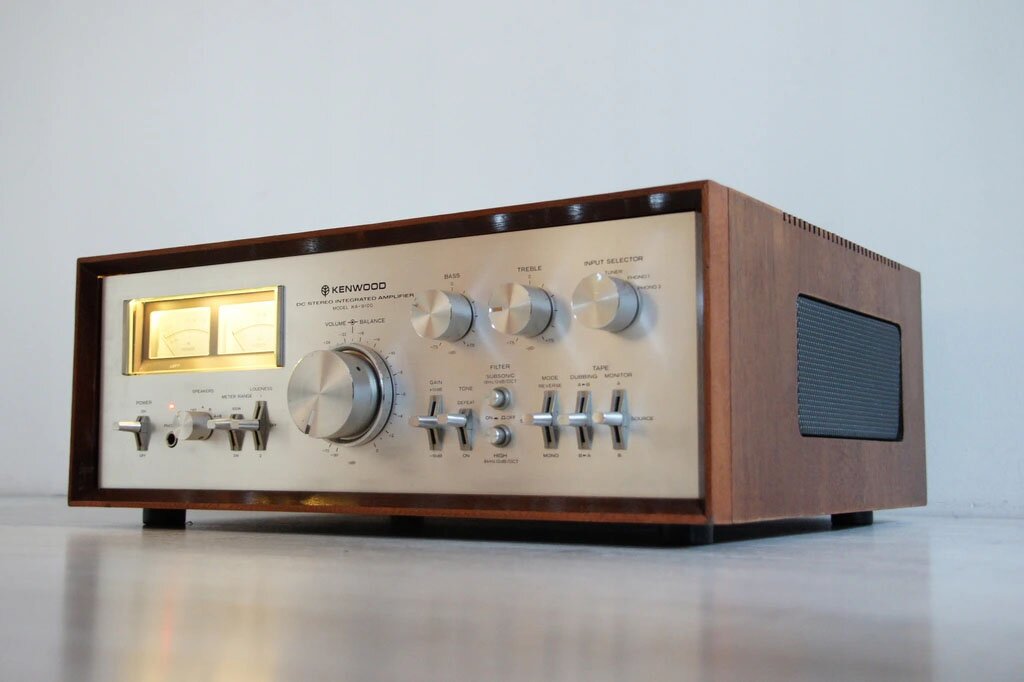
Kenwood KA-9100
Power output: 90 watts per channel into 8Ω (stereo)
Frequency response: 7Hz to 50kHz
Total harmonic distortion: 0.03%
Damping factor: 50
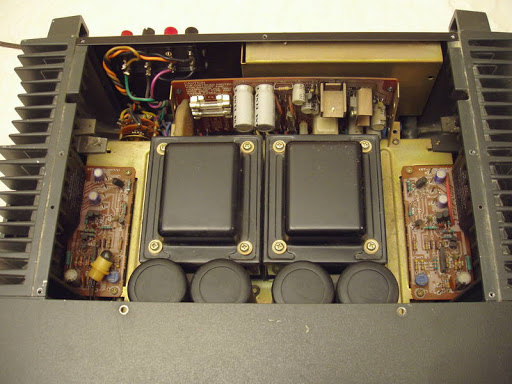
Pioneer SA-9800 / Year: 1976
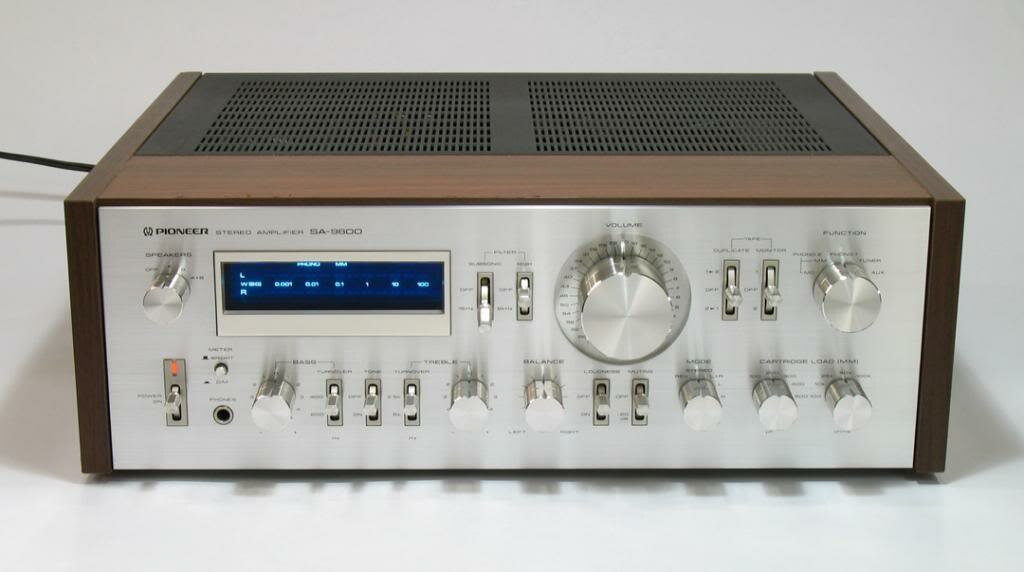
Pioneer SA-9800
While an equalizer part carries the differential amplifier by the low-noise transistor which carried out the can shielding in the first rank and aims at a stabilization of the output middle point, and the improvement in an SN ratio, the distorted reduction and the improvement in stability are aimed at by applying the direct current NFB 100%.
Furthermore, SEPP of the final stage could carry out the Class-A operation of the time of a large swing, and has taken out the high-output voltage by the low distortion.
Moreover, the tone-quality modification is aimed at by using the high precision element selected carefully for a using element.
Two Phono inputs are carried and the level adjustment up to -12dB and the four-point change of an input impedance are possible for one line of them.
Even -6dB is a transition of NFB and level adjustment serves as a transition of the output volume from -6dB to -12dB.
The tone circuitry has adopted the two-step hardwired-connection circuitry, is using FET for the first rank, and is suppressing the noise transition by a volume location few. Moreover, since NFB is applied to a two-step hardwired-connection circuitry also in direct current also in alternating current and it is sent out by a low-impedance in the tone circuitry of the following stage, they have been requirements ideal for work of a tone circuitry.
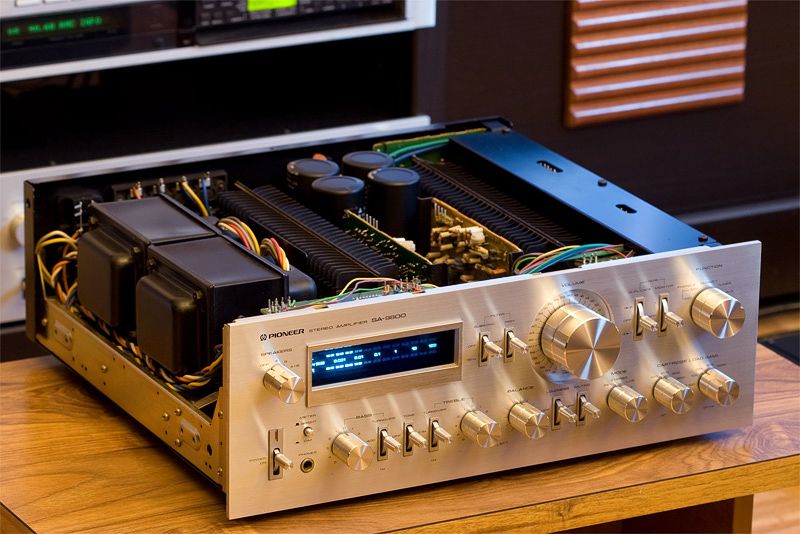
Sony TA-F6B / Year: 1977
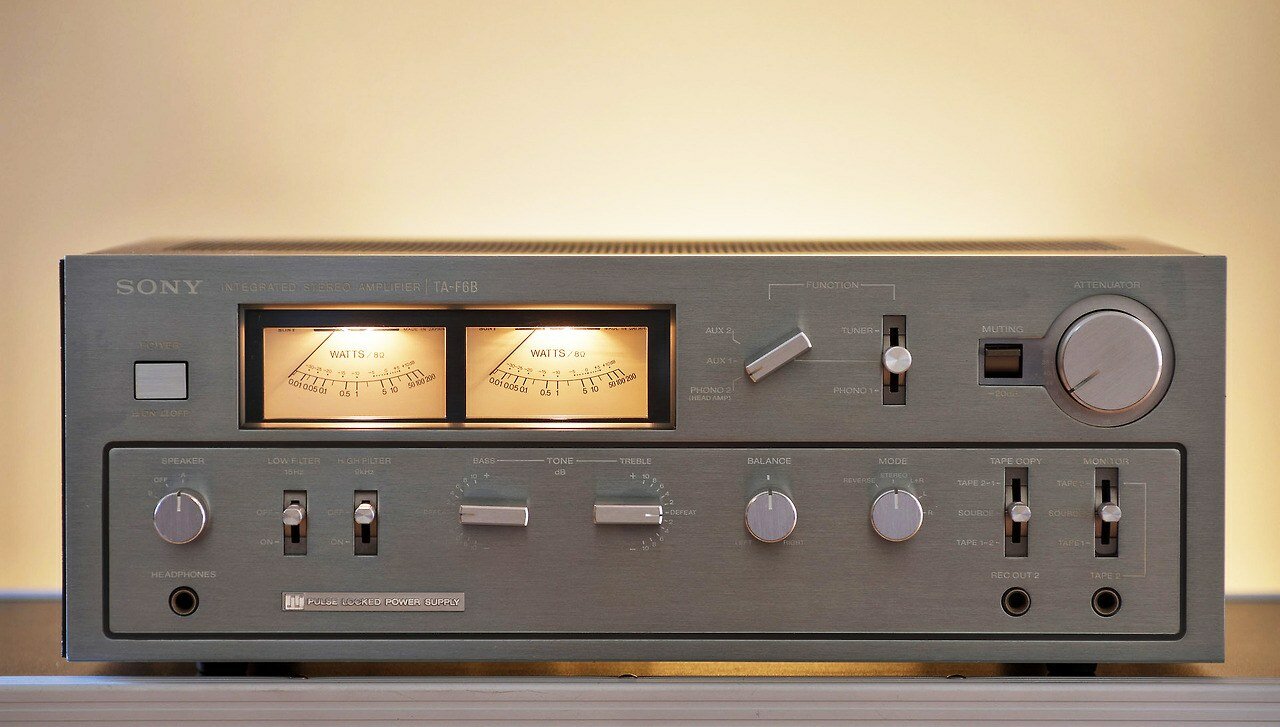
Sony TA-F6B
Power output: 100 watts per channel into 8Ω (stereo)
Total harmonic distortion: 0.03%
Damping factor: 50
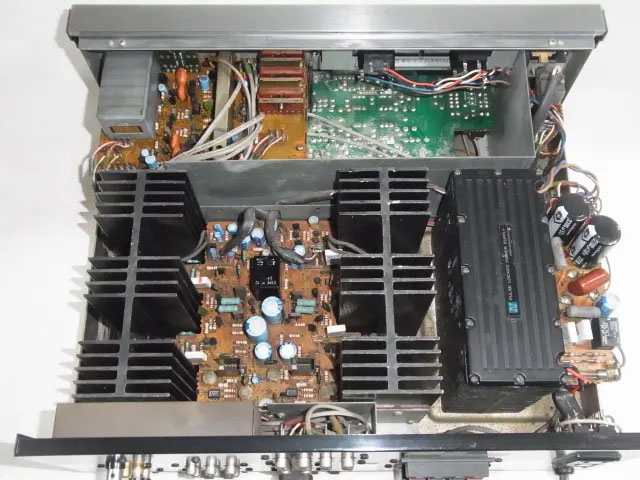
Marantz 1060 / Year: 1971
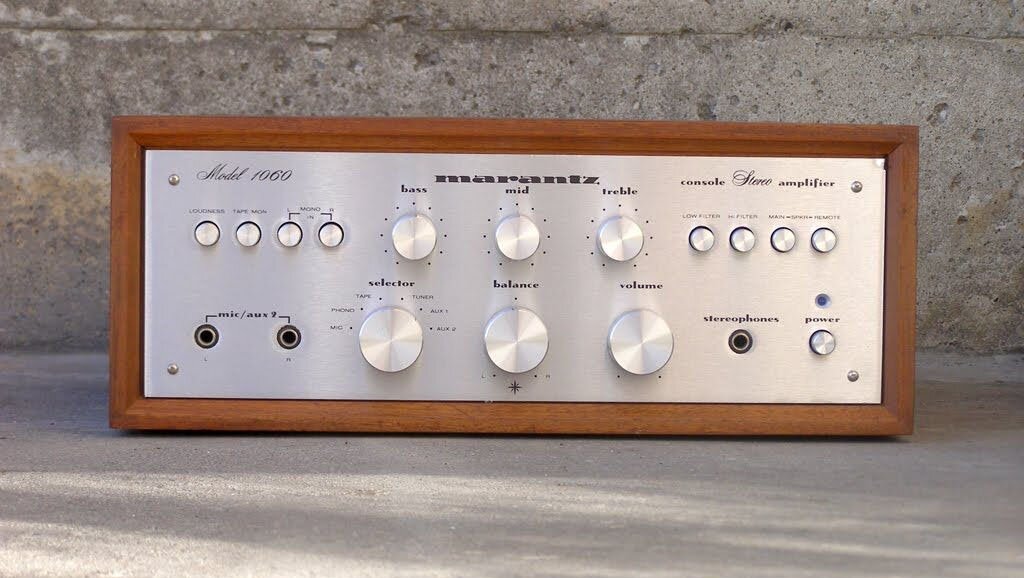
Marantz 1060
Marantz Model 1060 is probably the most well-known, respected and popular vintage amp of all time, secondly because as a fan of Marantz products of the 70s (and beyond) I can’t leave it out. Especially that I have it in my “stable”. I wondered for quite a while how to approach the amplifier, about which almost everything has already been written.
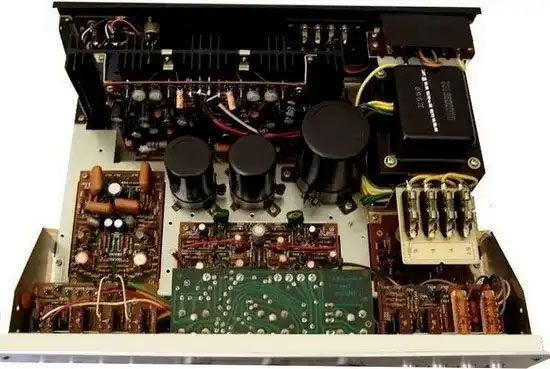
Technics SU-3500
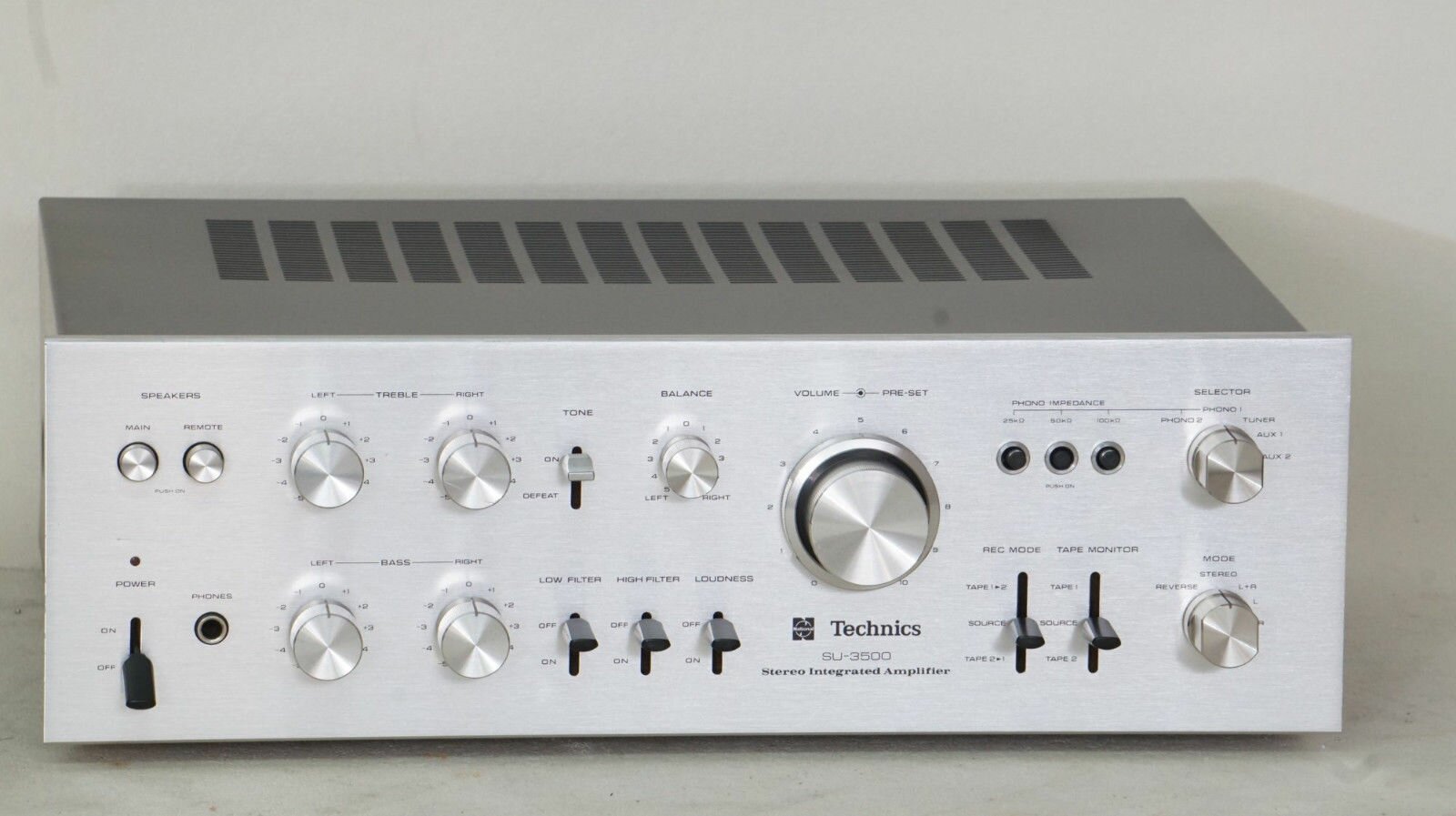
Technics SU-3500
The equalizer circuitry serves as three-step hardwired-connection circuitry of the differential-amplification 2 power-source scheme with a pure complimentary SEPP output stage.
Moreover, an input impedance can be switched in three steps of 25kohms/50kohm/100kohm.
The main-amplifier part consists of pure complimentary whole page hardwired-connection differential-amplification OCL circuitries, and also low-voltage-izes a power source, is using two children of 10,000-micro F electrolytic capacitors for an output stage, and is pursuing a low distortion and quantity stability.
NF type is adopted as a tone control circuit. Moreover, the tone-defeat switchpoint which returns a property in an instant is carried.
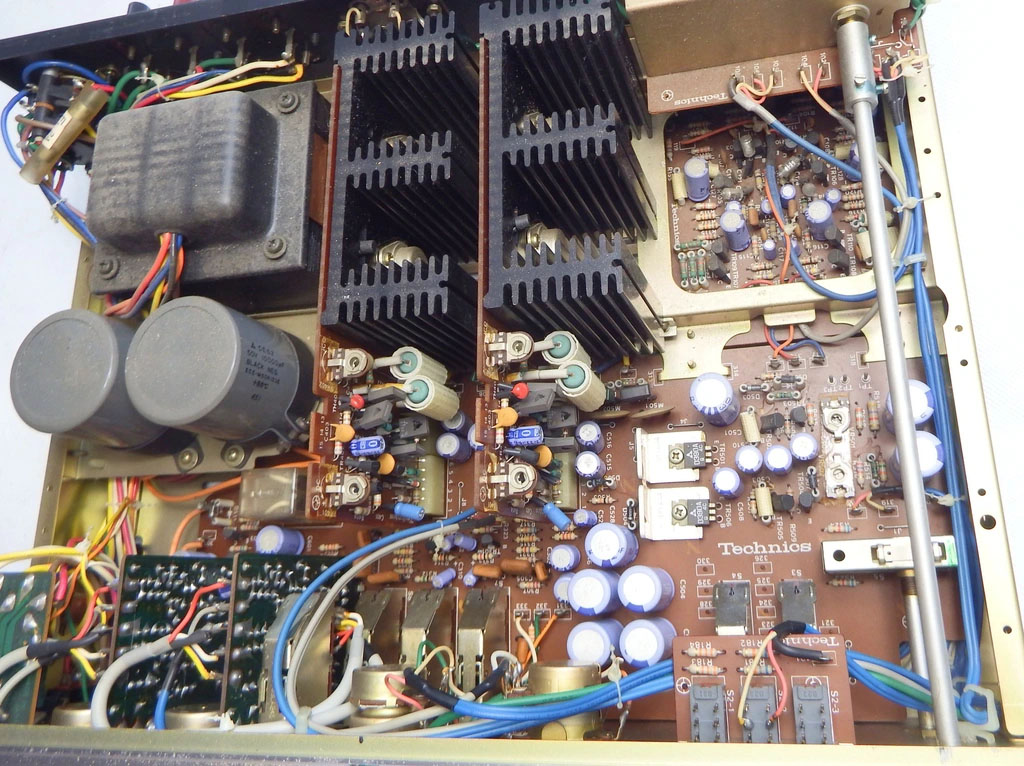
Other Projects Audio Explorer
The Best Vintage Integrated Amplifiers of 70’s Sansui AU-11000A / Year: 1977 Sansui designed the A..
1 – Make sure the AC cord is unplugged and discharge all power supply capacitors before you st..
Why should change the electrolytic capacitors? 1 – Electrolytic capacitors are among the most ..
How to Clean Vintage Stereo Equipment Unfortunately, old and neglected components are often found in..

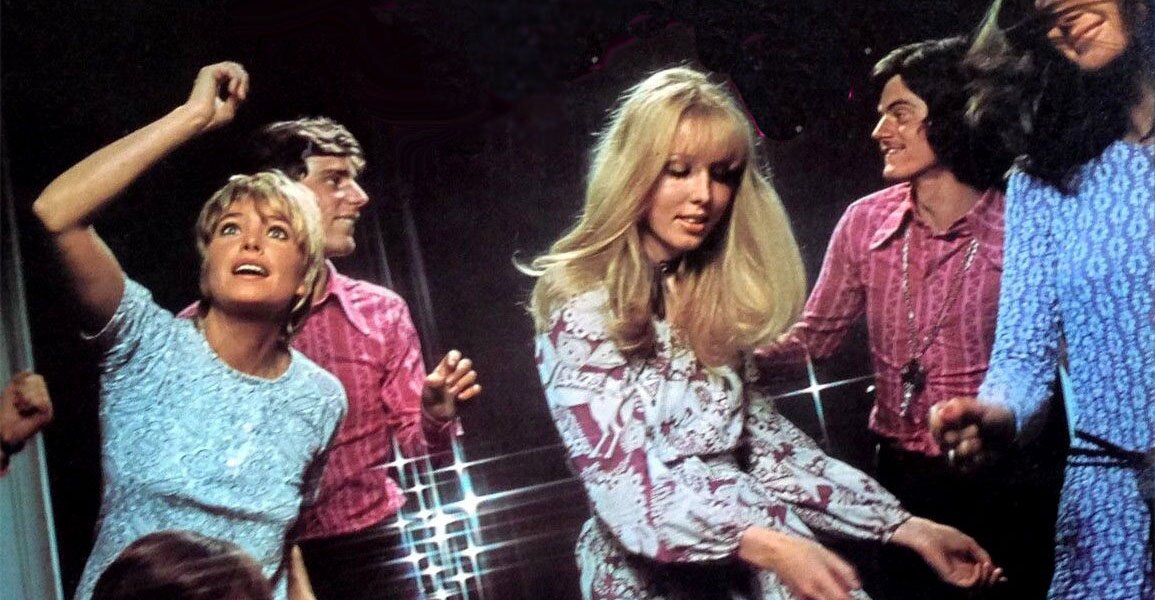
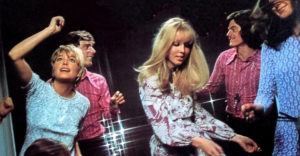
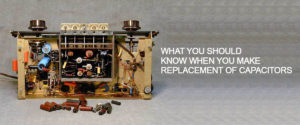

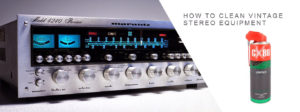



Registration